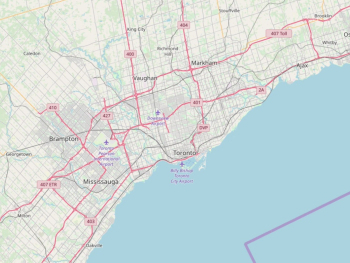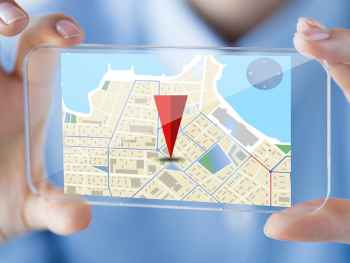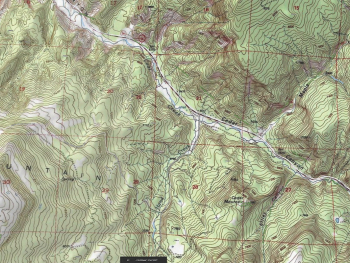Geographic Information Systems (GIS) have revolutionized the way we collect, analyze, and visualize spatial data. From urban planning and environmental management to disaster response and public health, GIS technology is being deployed across diverse sectors to solve complex problems and inform decision-making. In this article, we explore real-world applications of GIS through a series of case studies, showcasing how this powerful tool is making a tangible impact in various fields.
Urban Planning and Infrastructure Development:
In urban planning, GIS plays a central role in managing the complexities of modern cities and guiding sustainable development. Case studies demonstrate how GIS is used to analyze demographic trends, assess land use patterns, and identify suitable locations for infrastructure projects such as roads, utilities, and public facilities. By integrating data on population density, transportation networks, and environmental factors, urban planners can optimize resource allocation and create livable, resilient cities.
Environmental Management and Conservation:
GIS is a vital tool for environmental management, enabling researchers and policymakers to monitor and protect natural resources and ecosystems. Case studies highlight the use of GIS in mapping biodiversity hotspots, tracking deforestation, and identifying areas at risk of habitat loss. By overlaying data on species distribution, land cover change, and human activities, conservationists can prioritize areas for protection, implement targeted interventions, and monitor the effectiveness of conservation efforts over time.
Disaster Response and Emergency Management:
During natural disasters and emergencies, GIS technology plays a critical role in coordinating response efforts and minimizing the impact on affected communities. Case studies illustrate how GIS is used to assess risk, plan evacuation routes, and allocate resources in real-time. By integrating data from various sources, including satellite imagery, weather forecasts, and social media feeds, emergency responders can make informed decisions and coordinate relief operations more effectively, saving lives and reducing damage.
Public Health and Epidemiology:
GIS is increasingly being employed in public health research and epidemiological studies to analyze the spatial distribution of diseases, identify patterns, and inform healthcare interventions. Case studies demonstrate how GIS is used to map disease outbreaks, track the spread of infectious diseases, and assess healthcare access and disparities. By visualizing data on population density, healthcare facilities, and environmental factors, public health officials can target resources, implement preventive measures, and monitor health trends at local and regional levels.
Transportation Planning and Logistics:
GIS is a valuable tool for optimizing transportation networks, improving efficiency, and reducing congestion. Case studies showcase how GIS is used to analyze traffic patterns, plan public transit routes, and optimize logistics operations. By integrating data on road networks, public transit schedules, and demographic trends, transportation planners can identify bottlenecks, optimize routes, and improve accessibility for commuters and freight transportation, enhancing mobility and reducing environmental impacts.
The case studies presented in this article demonstrate the versatility and impact of GIS technology across diverse fields and applications. From urban planning and environmental management to disaster response, public health, and transportation, GIS is driving innovation, improving decision-making, and solving complex spatial problems. As technology continues to evolve, the potential for GIS to address global challenges and create positive change in our communities is boundless. By harnessing the power of GIS, organizations and individuals can make informed decisions, optimize resources, and build a more sustainable and resilient future.




